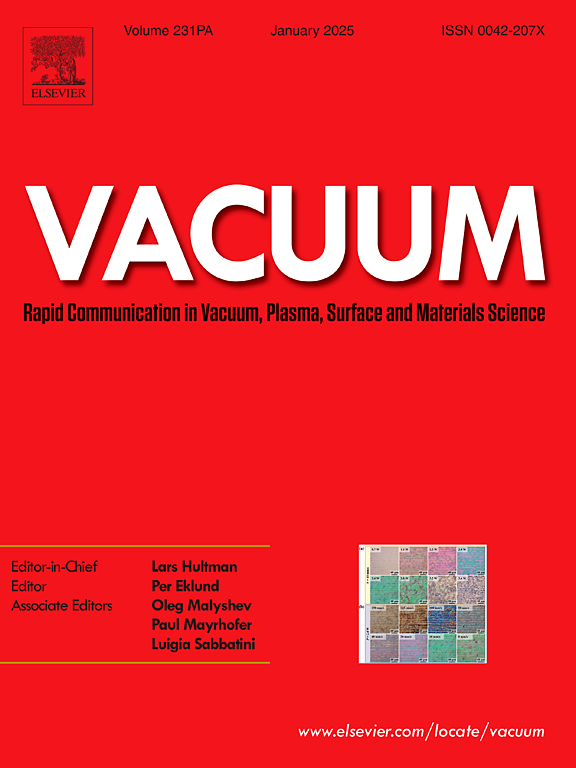High-strength nanostructured copper alloys via mechanical consolidation of pure copper and Fe-Si-B glassy powers
IF 3.8
2区 材料科学
Q2 MATERIALS SCIENCE, MULTIDISCIPLINARY
引用次数: 0
Abstract
High-strength nanostructured copper alloys were fabricated through the mechanical consolidation of pure copper and Fe-Si-B glassy powders using a two-step high-pressure torsion (HPT) process. Structural characterization by transmission electron microscopy and electron backscatter diffraction revealed that, after overall 20 HPT revolutions, 1 wt% Fe78Si9B13 glassy powders can be fully decomposed and homogeneously supersaturated into the copper matrix. The resulting Cu-1 wt.% FeSiB alloy exhibited a compositionally uniform nanostructure with an average grain size of 63.3 nm and a high proportion of low-angle grain boundaries (54.2 %), achieving an ultimate tensile strength of 1246 MPa. In contrast, the addition of 5 wt% Fe78Si9B13 glassy powder under the identical HPT conditions resulted in a crystal-glass composite structure with an ultimate tensile strength of 895.8 MPa. This work advances a hybrid method that integrates bottom-up particle bonding with top-down grain refinement to fabricate high-performance alloys.
求助全文
约1分钟内获得全文
求助全文
来源期刊

Vacuum
工程技术-材料科学:综合
CiteScore
6.80
自引率
17.50%
发文量
0
审稿时长
34 days
期刊介绍:
Vacuum is an international rapid publications journal with a focus on short communication. All papers are peer-reviewed, with the review process for short communication geared towards very fast turnaround times. The journal also published full research papers, thematic issues and selected papers from leading conferences.
A report in Vacuum should represent a major advance in an area that involves a controlled environment at pressures of one atmosphere or below.
The scope of the journal includes:
1. Vacuum; original developments in vacuum pumping and instrumentation, vacuum measurement, vacuum gas dynamics, gas-surface interactions, surface treatment for UHV applications and low outgassing, vacuum melting, sintering, and vacuum metrology. Technology and solutions for large-scale facilities (e.g., particle accelerators and fusion devices). New instrumentation ( e.g., detectors and electron microscopes).
2. Plasma science; advances in PVD, CVD, plasma-assisted CVD, ion sources, deposition processes and analysis.
3. Surface science; surface engineering, surface chemistry, surface analysis, crystal growth, ion-surface interactions and etching, nanometer-scale processing, surface modification.
4. Materials science; novel functional or structural materials. Metals, ceramics, and polymers. Experiments, simulations, and modelling for understanding structure-property relationships. Thin films and coatings. Nanostructures and ion implantation.
 求助内容:
求助内容: 应助结果提醒方式:
应助结果提醒方式:


